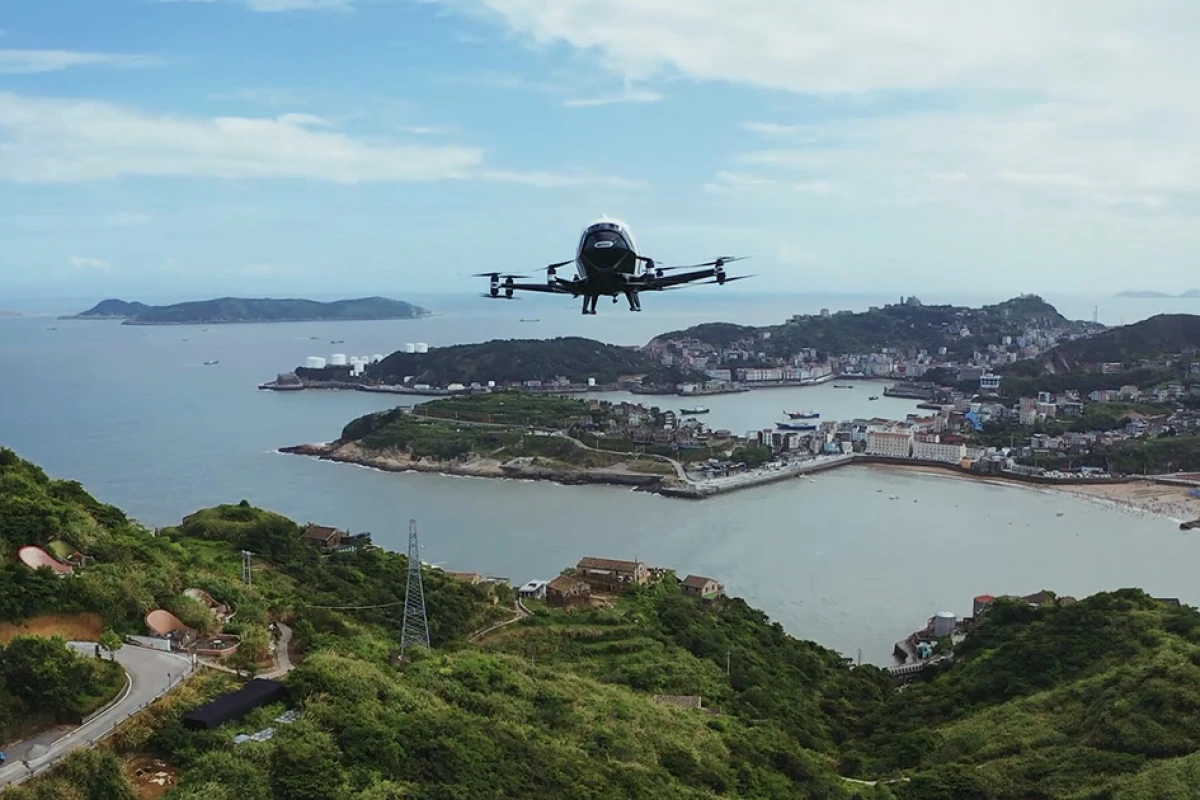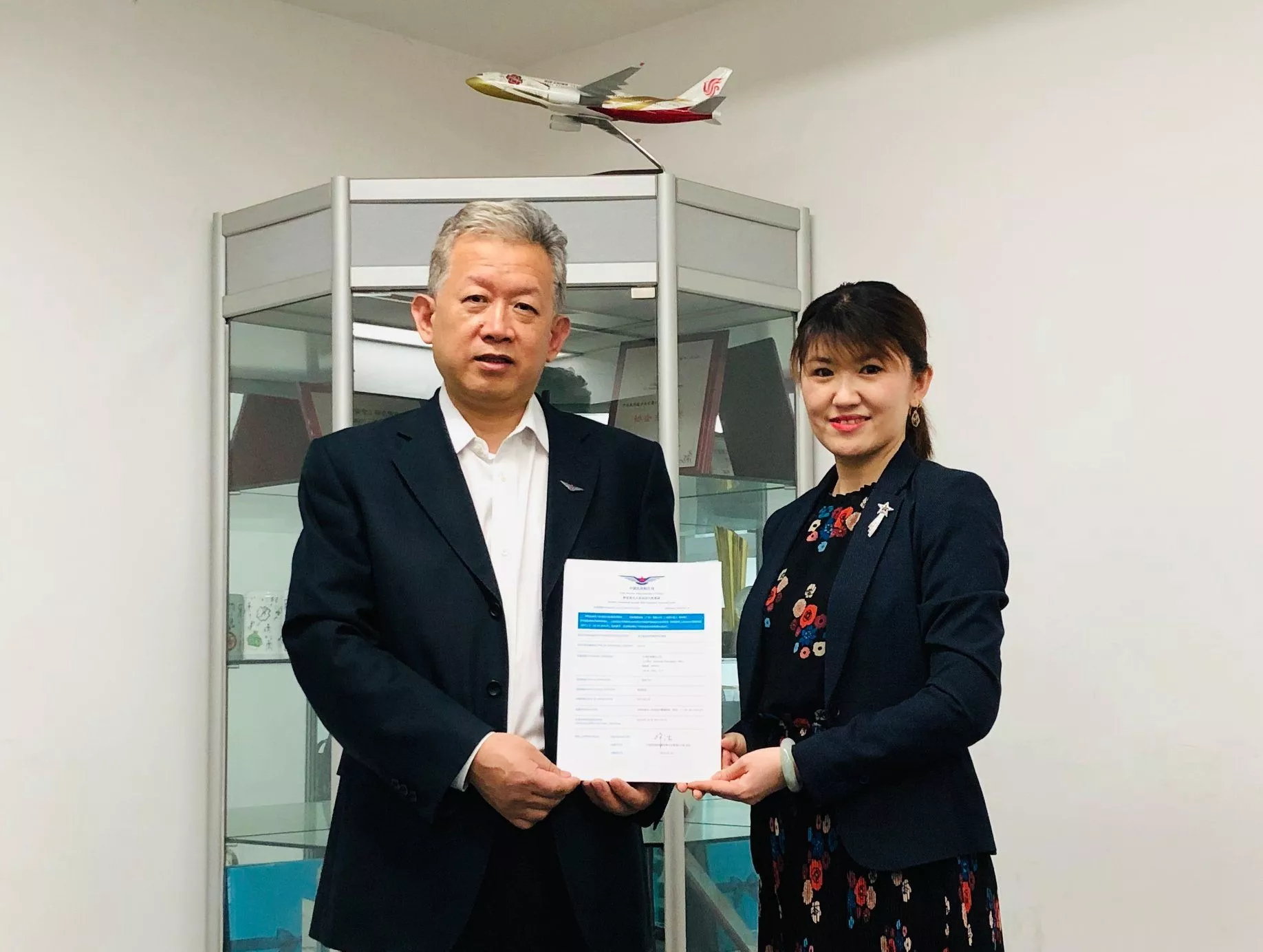Air mobility company EHang has achieved another important milestone in its effort to make its passenger-grade autonomous aerial vehicles a common sight in the skies. The Civil Aviation Administration of China (CCAC) has granted permission for the air taxis to be used for heavy-lift logistics.
Under regulations introduced in February 2019 by the CAAC, EHang becomes the first company to be granted airworthiness certification for a passenger-grade autonomous air vehicle (AAV). Air logistics trials are now being carried out at a customer site in Taizhou in the Zhejiang province of China, transporting cargo between ground level and hilltop locations, as well as between shore and islands.
This development follows an air tourism collaboration with LN Holdings to take hotel guests on aerial sightseeing jaunts, and is intended to be the first of a number of air logistics operations undertaken by the company, rolled out to other sites as EHang gains more experience and gathers vital operational data.
The AAV that's now authorized to carry over 150 kg (330 lb) of cargo per flight is the EHang 216, a two-person electric air taxi that's reported capable of a top speed of 130 km/h (80 mph) and a maximum flight time of 21 minutes per charge.

"We are thrilled that the CAAC and EHang took the lead on the world’s first commercial pilot operation approval of passenger-grade AAVs for air logistics uses," said the company's founder, chairman and CEO Hu Huazhi. "This approval is of great significance. For EHang, it enables us to enhance our first-mover advantage and accelerate the commercialization of AAV technology and air mobility solutions for logistics.
"It also lays a foundation for regulators around the world to jointly explore and establish a coordinated, supportive and sustainable regulatory environment. This will benefit the long-term development of the promising Urban Air Mobility applications."
You can see the EHang 216 undergoing test flights at Taizhou in the video below.
Source: EHang





